800,000 Baby Salmon Killed by Mysterious Disease in California River
The release of juvenile salmon fry into a California river has resulted in the massive death of nearly 800,000 salmon.
The quick deaths of these salmon have been attributed to a mysterious illness that caused their gill and fins to hemorrhage until they ruptured. The fish had only recently hatched from eggs and the deaths were disappointing but not entirely unexpected.
Mass Mortality Event
The California Department of Fish and Wildlife (CDFW) released a statement on March 2nd commenting on the salmon deaths, blaming it on gas bubble disease.
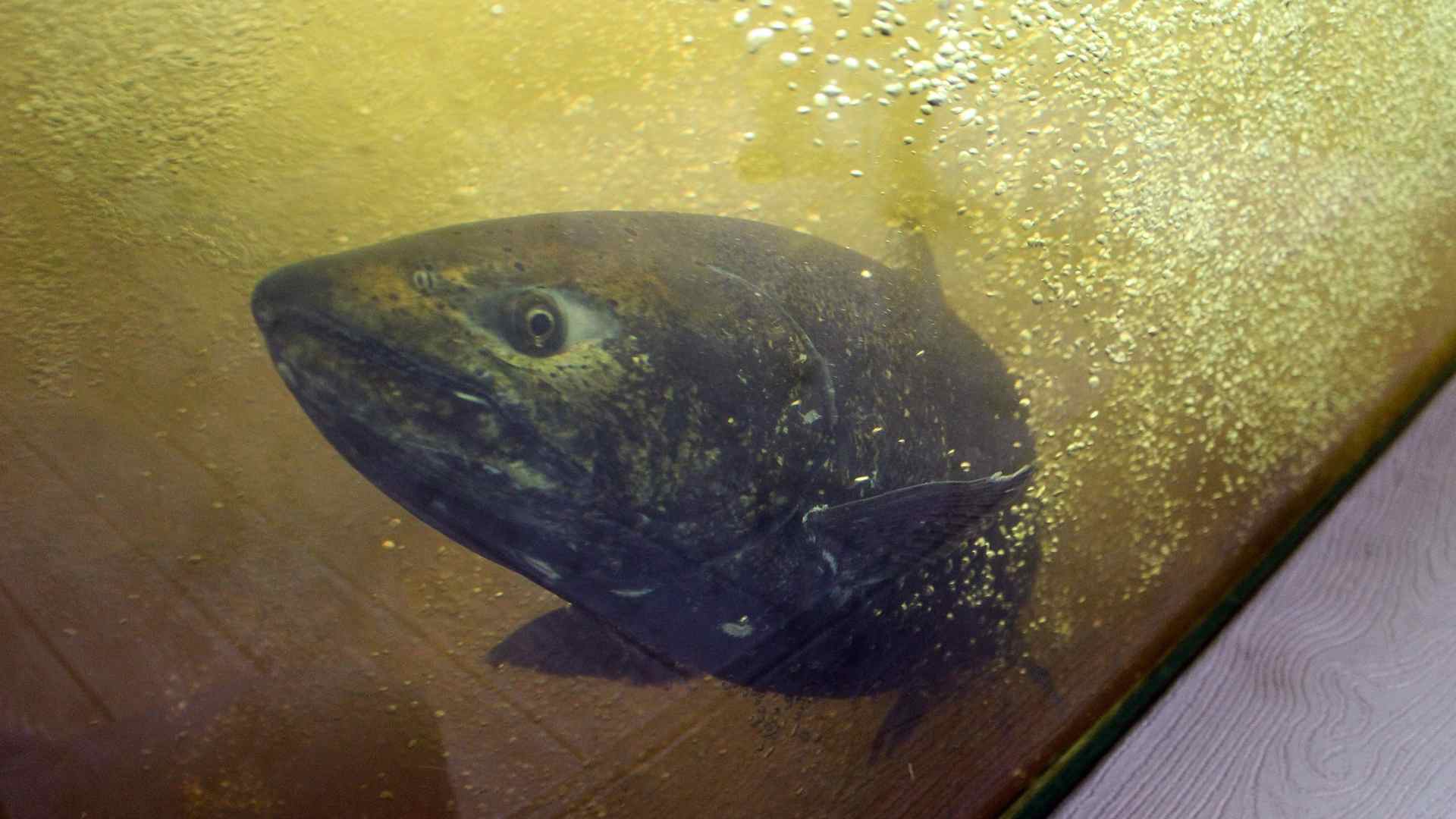
Source: USFWSmidwest/Wikimedia
“The California Department of Fish and Wildlife (CDFW) announced today that fall-run Chinook salmon fry released for the first time from its Fall Creek Fish Hatchery in Siskiyou County are presumed to have succumbed to gas bubble disease in the Klamath River.”
What is Gas Bubble Disease?
Gas bubble disease (GBD) is a non-infectious trauma observed in fish resulting from an increase in dissolved gas pressure in the ambient air, according to the National Library of Medicine.
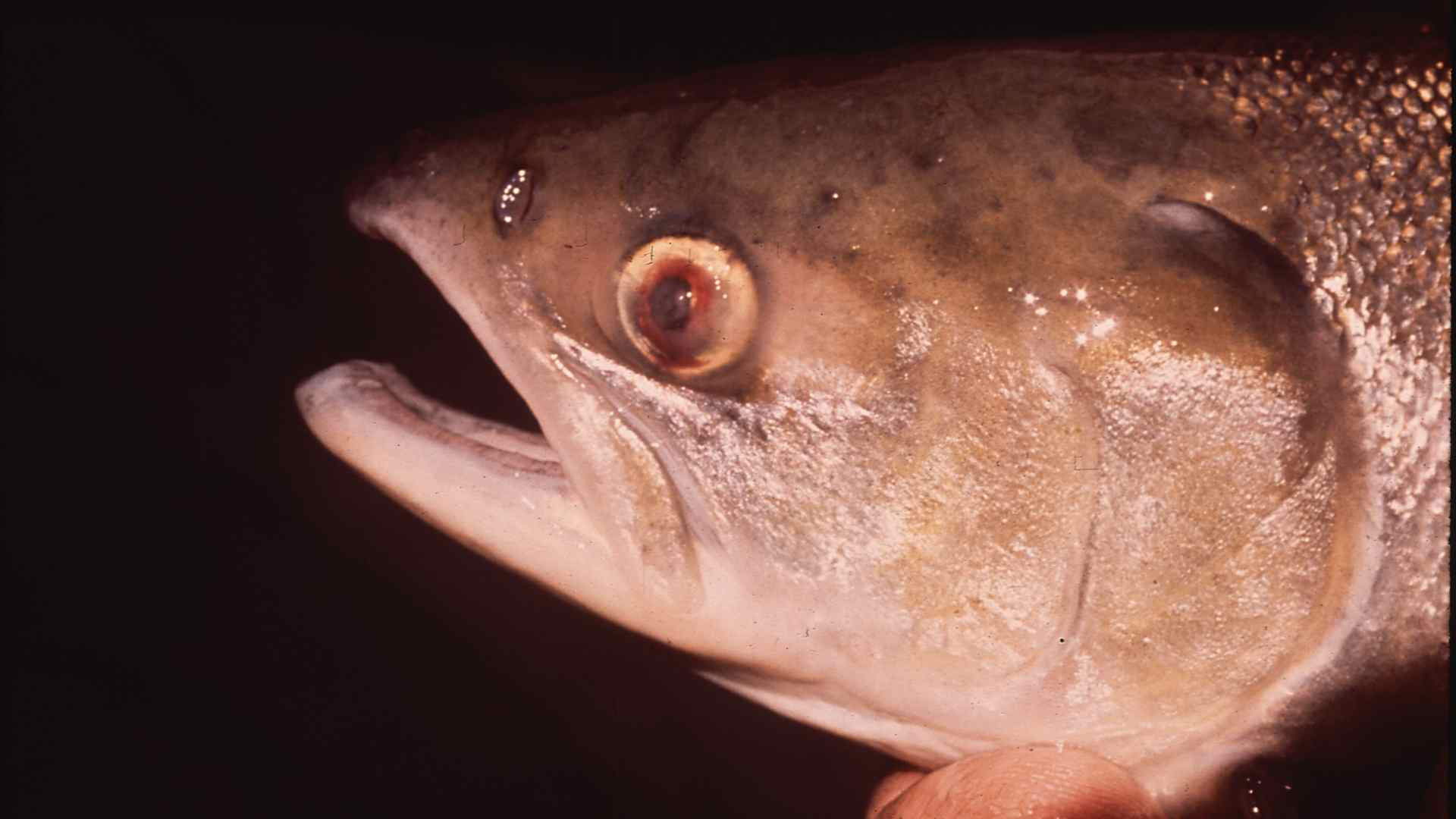
Source: Wikimedia
Experts cite the popular cause of this phenomenon comes from the interaction of nitrogen gas with spring or groundwater.
Chronic and Acute Types
Gas bubble disease affects all manner of fish species, amphibians, and aquatic invertebrates that come in chronic and acute forms.

Source: Kid Cowboy/Wikimedia
It can be a mysterious illness because fish can die from GBD without showing any obvious signs or symptoms. In the case of acute GDB, fish experience disorientation and have darkened skin as they swim near the surface.
Approximately 830,000 Dead Salmon
The CDFW statement gives a timeline for the events that led to the salmon perishing in the Klamath River in California. Klamath River is located in Siskiyou Country in Northern California.
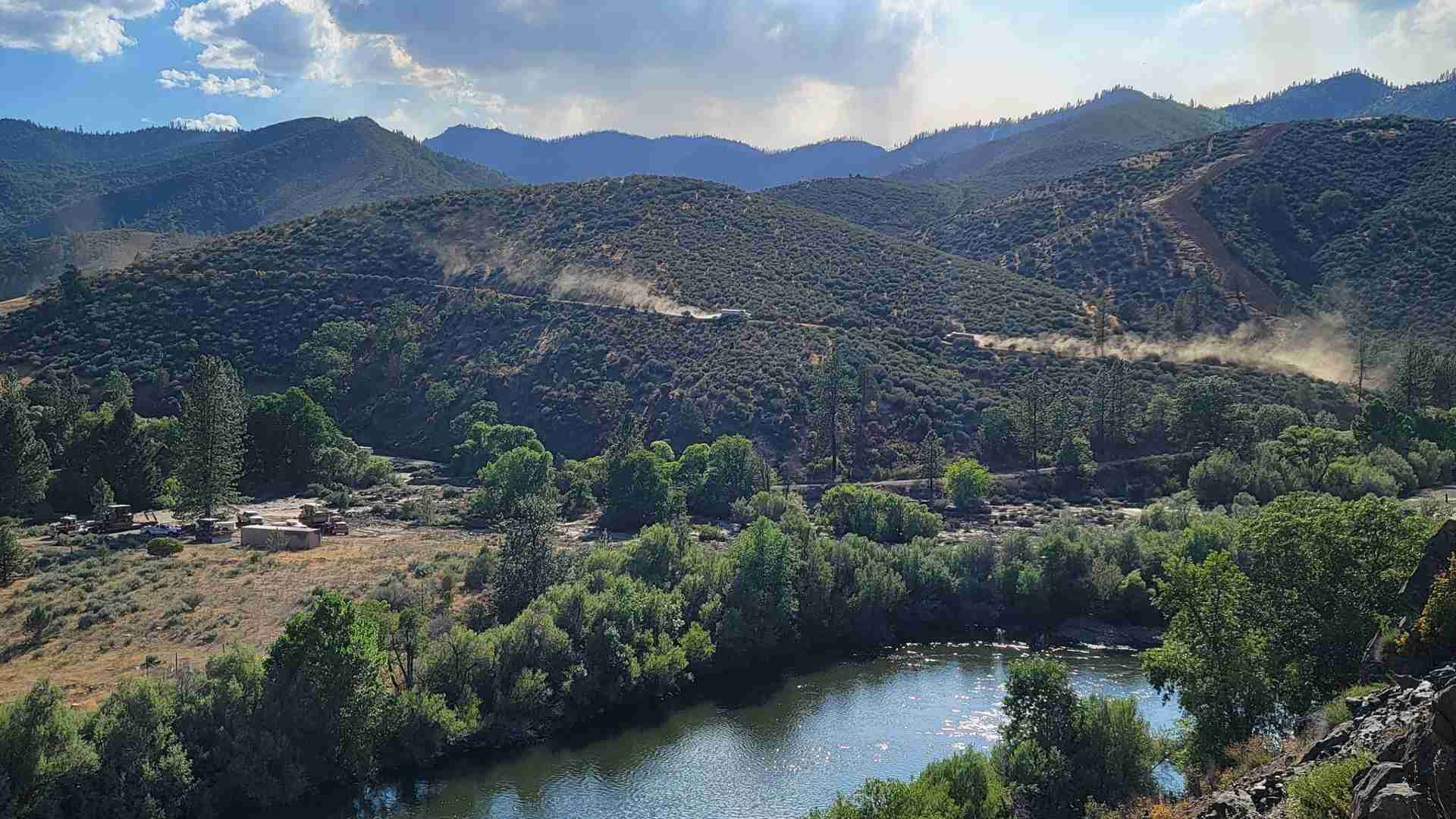
Source: Wikimedia
“On Monday, Feb. 26, CDFW released approximately 830,000 fall-run Chinook salmon fry into Fall Creek, a tributary of the Klamath River above Iron Gate Dam.”
State of the Art Hatchery
The fish themselves seemed to be fine before being released. This release came as a result of California’s efforts to repopulate the salmon in the area.
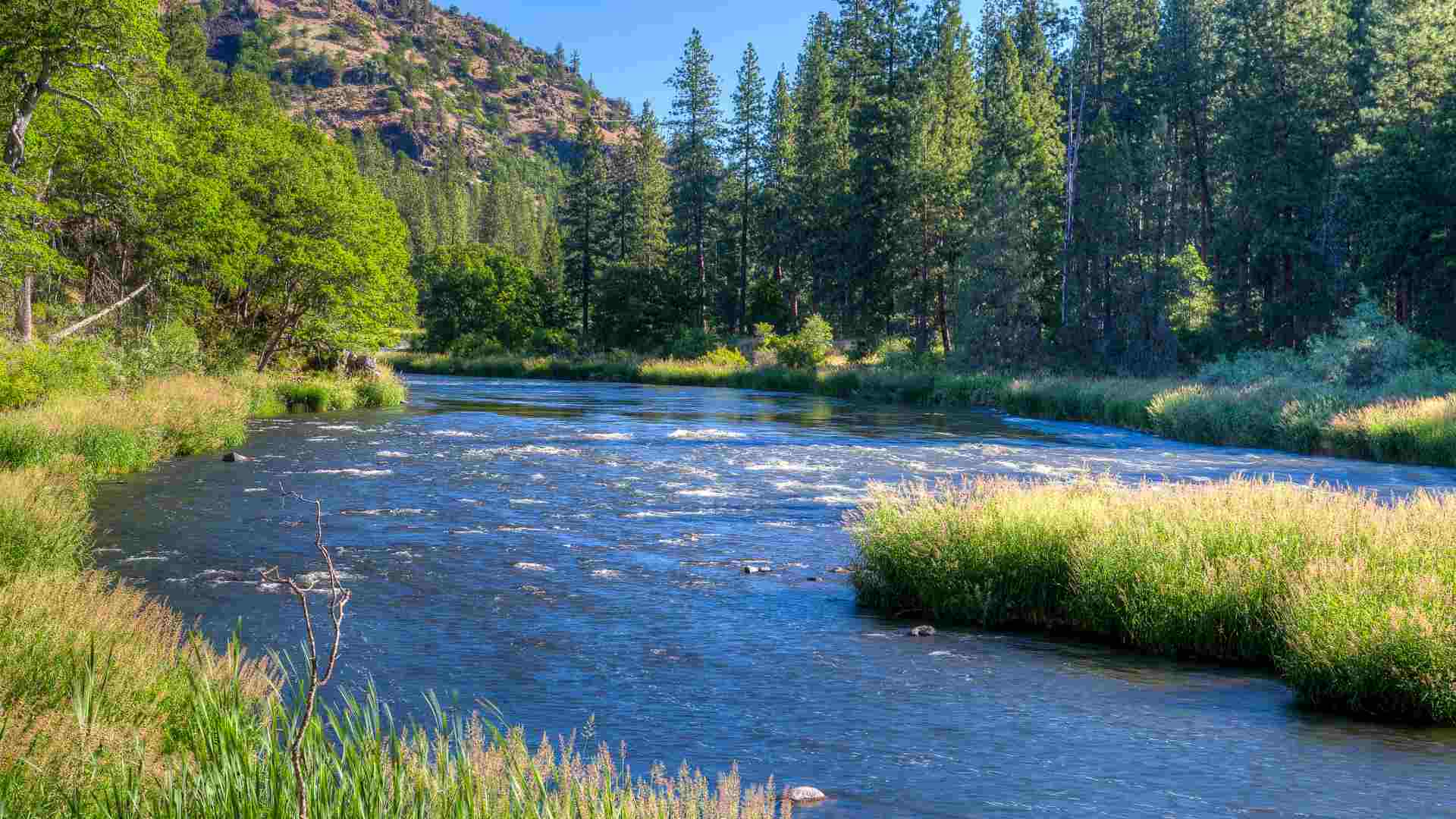
Source: Wikimedia
“The fish were hatched at CDFW’s new, $35 million, state-of-the-art Fall Creek Fish Hatchery, which represents California’s long-term commitment to supporting and restoring both Chinook and coho salmon runs on an undammed Klamath River,” via (CDFW)
Iron Gate Dam Tunnel
Officials place the blame for the salmon exposure to GBD on the old infrastructure of a dam tunnel in the area.
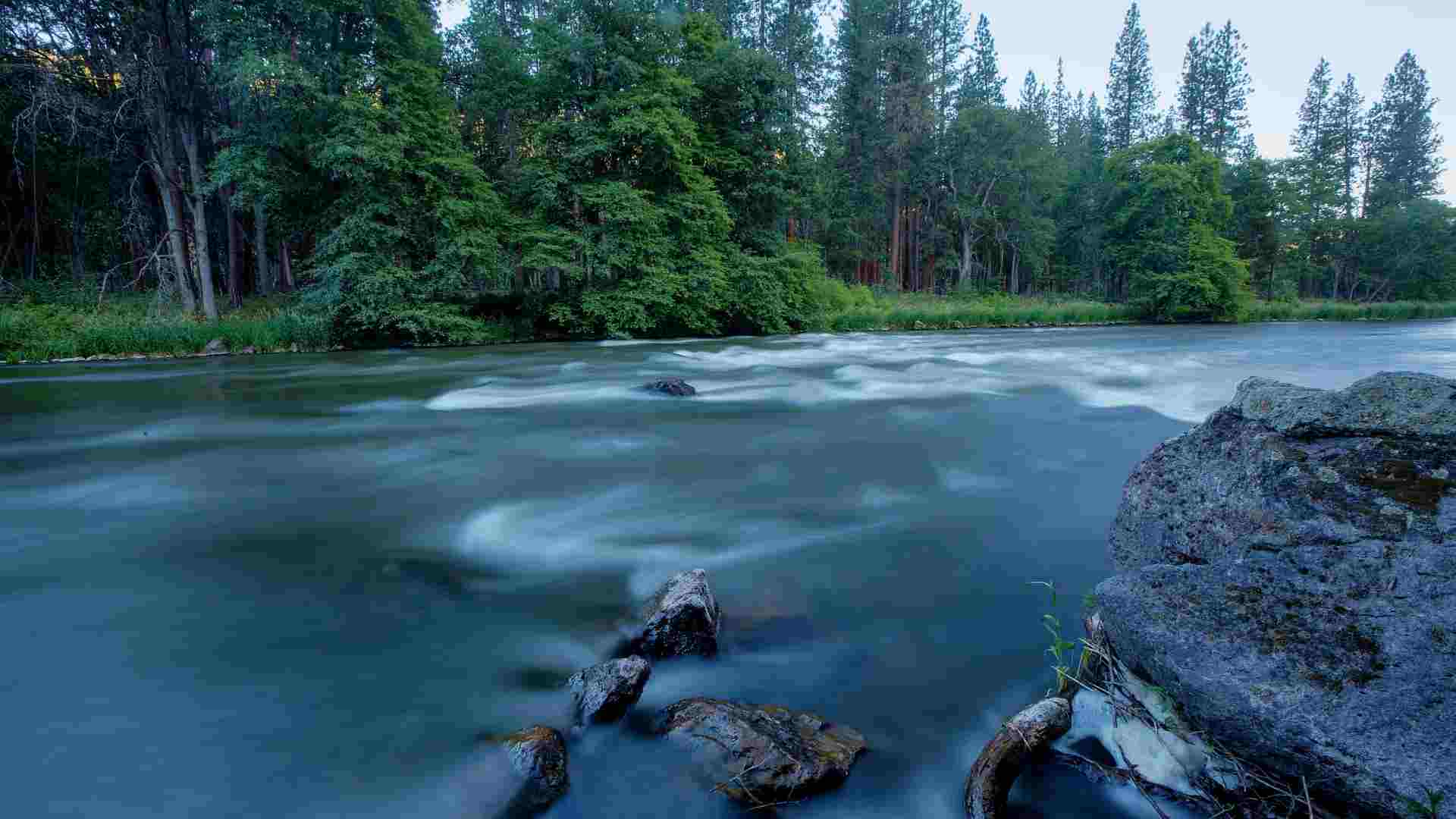
Source: Wikimedia
“Indications are the cause of mortality is gas bubble disease that likely occurred as the fry migrated through the Iron Gate Dam tunnel, old infrastructure that is targeted for removal along with the Iron Gate Dam itself later this year”
River Water Not to Blame
Officials from the CDFW made a point to state that the water in the Klamath River is not a suspect in the death of these salmon.
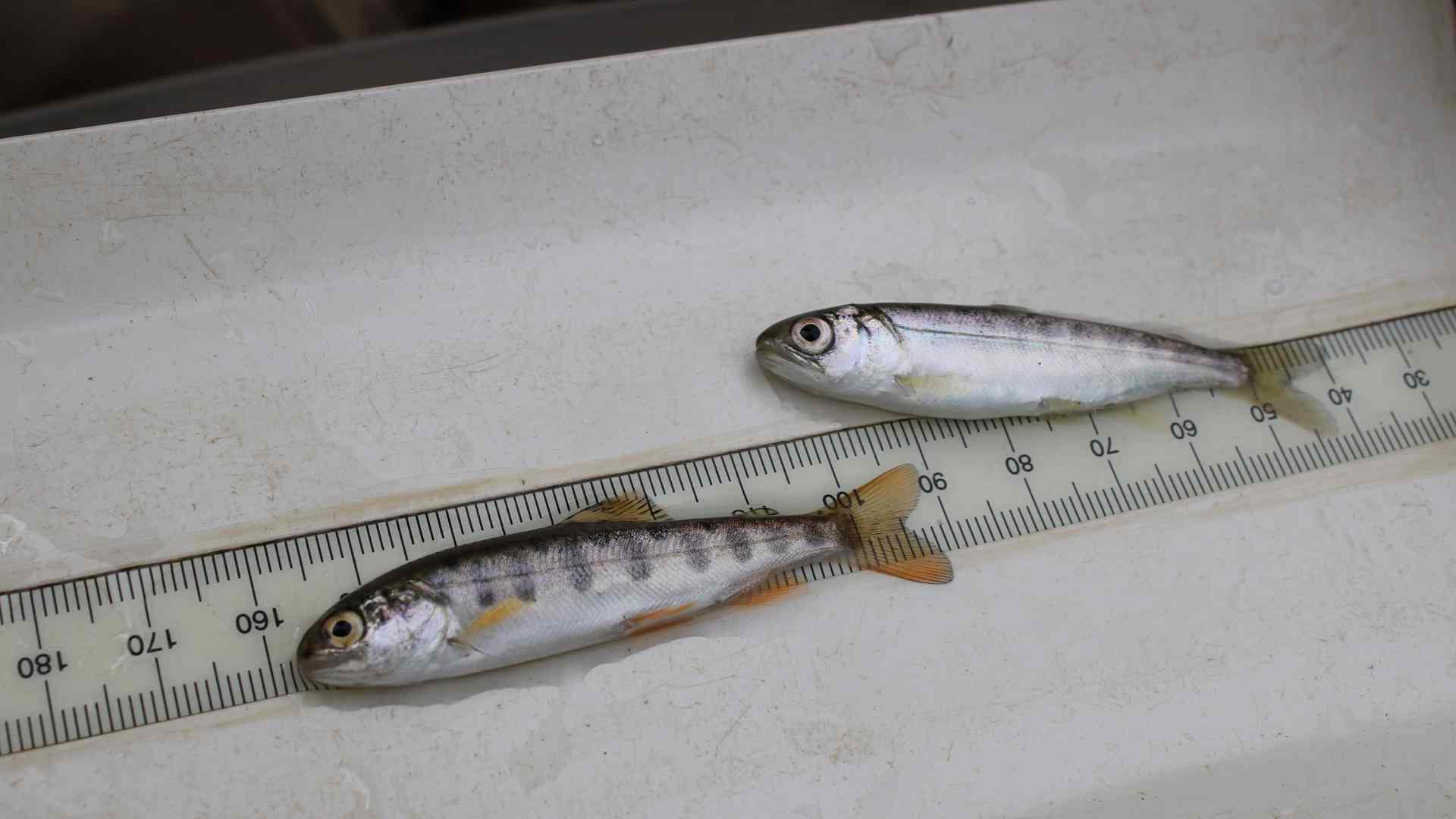
Source: USFWS Pacific Southwest Region/Wikimedia
“There is no indication the mortality is associated with other Klamath River water quality conditions such as turbidity and dissolved oxygen, which were reading at suitable levels on Feb. 26 and the days prior to release.”
Discouraging Results
A spokesperson for CDFW gave comments to SFGate about the tragedy and loss of time and resources.
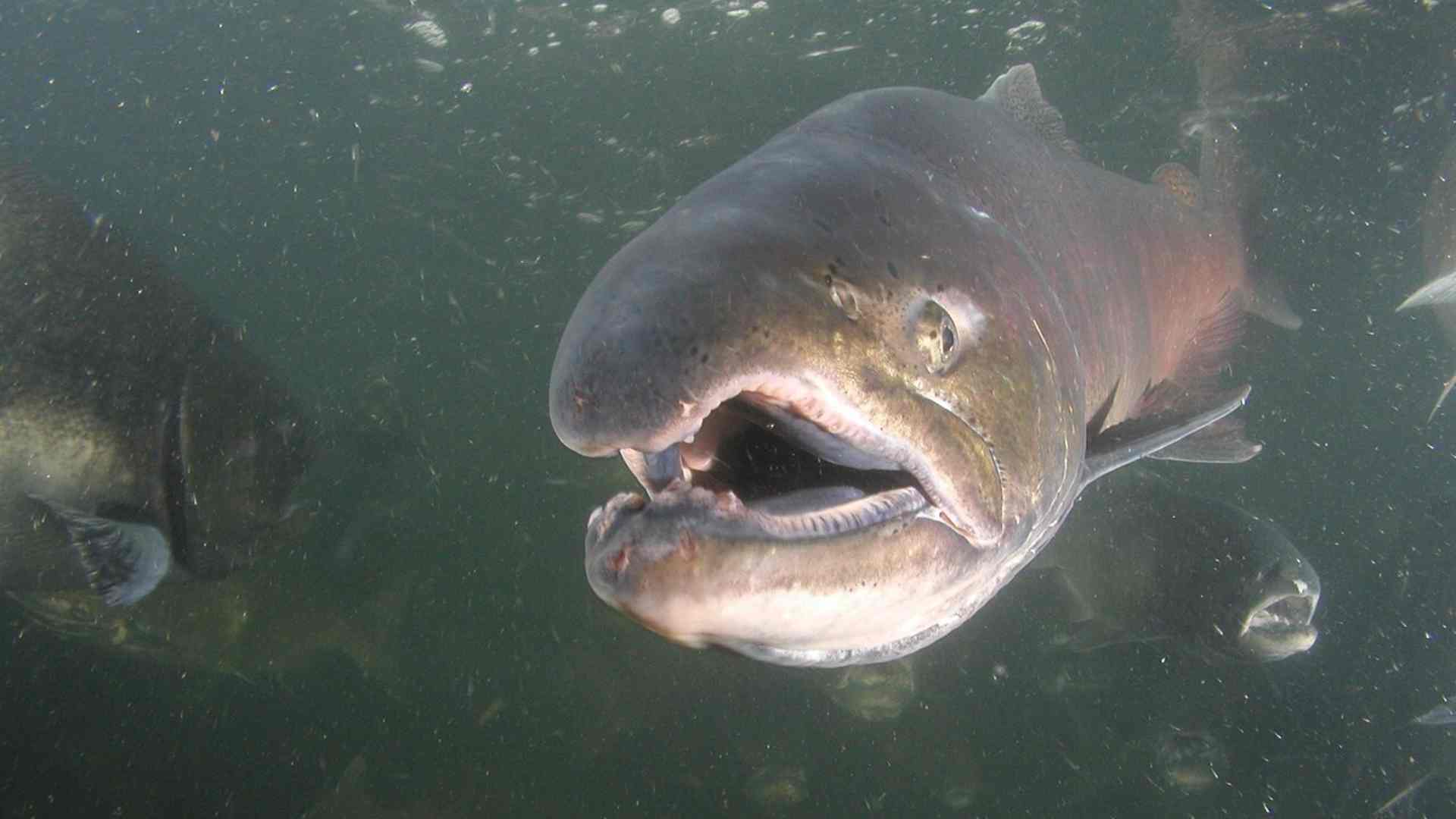
Source: California Department of Fish and Wildlife/Wikimedia
“It was discouraging and sad to learn of this issue,” Traverso said. “Our staff invest so much of their time and care into these fish, it is really tragic to have something like this happen.”
Klamath River
Once upon a time, the Klamath River in California was home to a huge population of Chinook salmon. At one point it had the third-largest population of Chinook Salmon on the west coast.
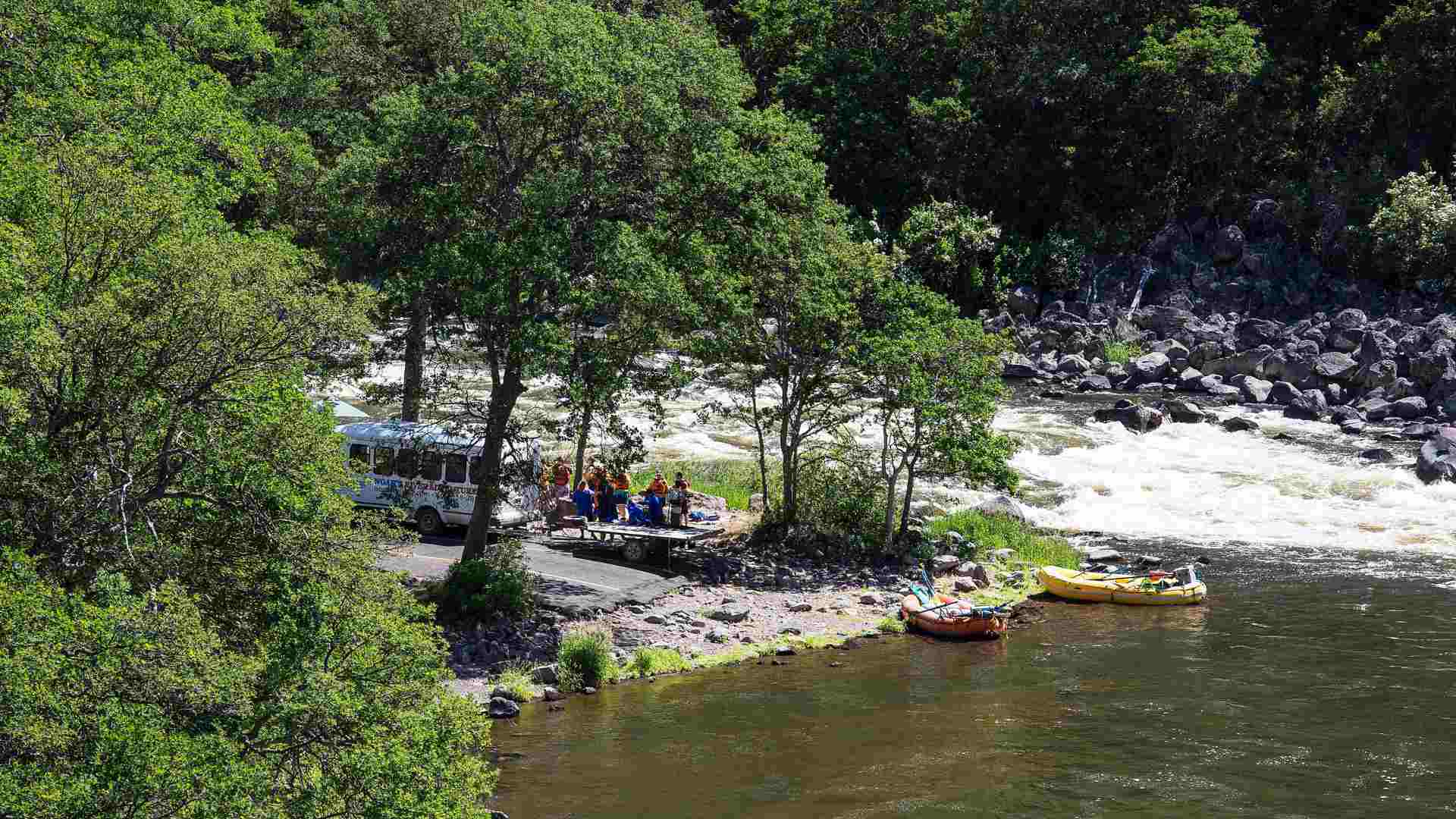
Source: Bureau of Land Management Oregon and Washington/Wikimedia
However, a series of dam projects in the river contributed to a population decline, along with a warming water temperature. The warm water gave parasites and bacteria a home that made it more difficult for fish to migrate.
Hope Remains
Although the CDFW has lost so many Chinook salmon, it still has a supply of over three million more of them it plans to release later in the month, according to SFGATE.
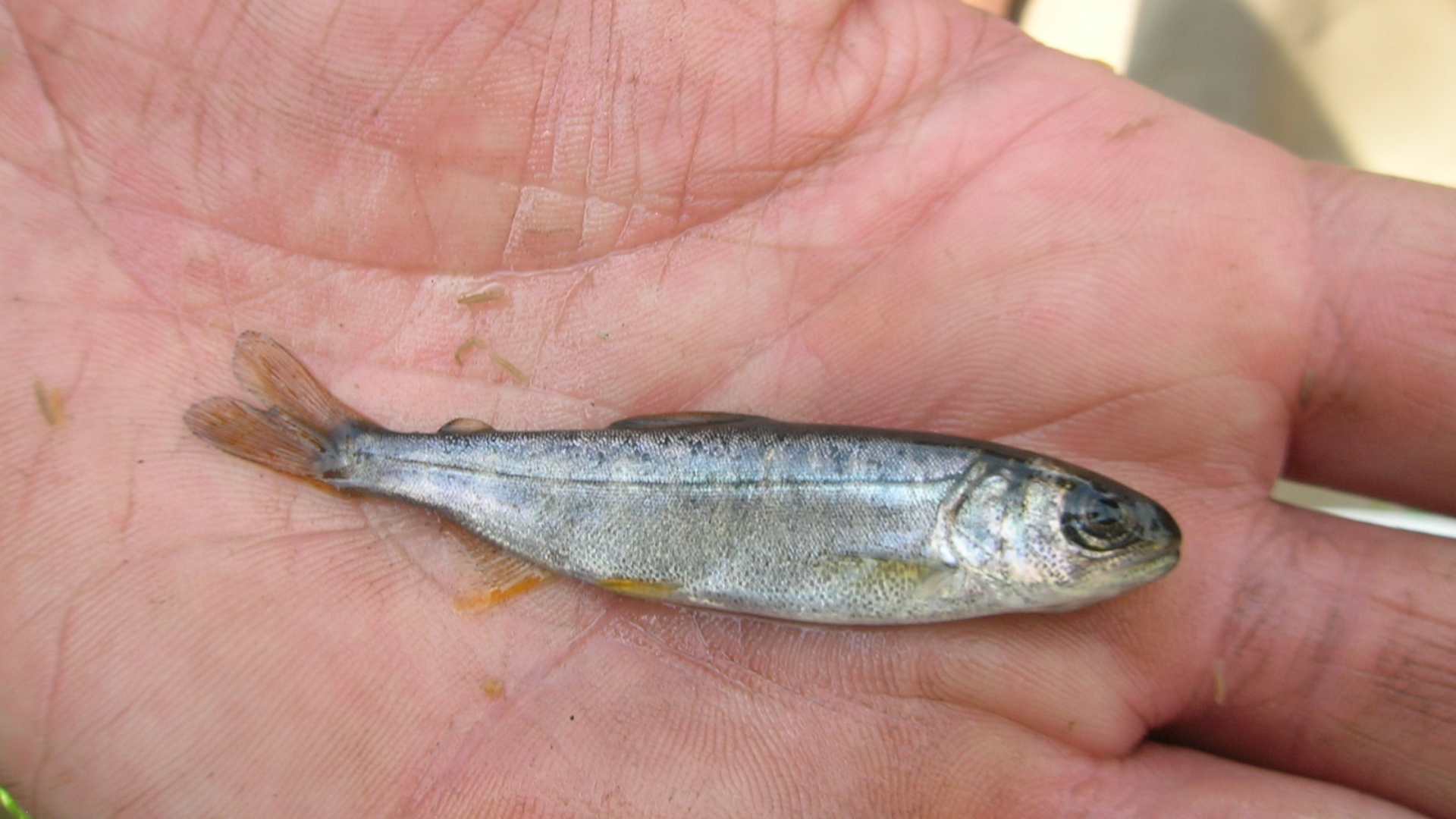
Source: US Forest Service
Juvenile salmon already have a high mortality rate, so the fact that many have died was within government projections.
The Goal for the Future
The CDFW has goals for the number of salmon it hopes to release into the wild, which are still within reach. These goals were outlined in their statement.
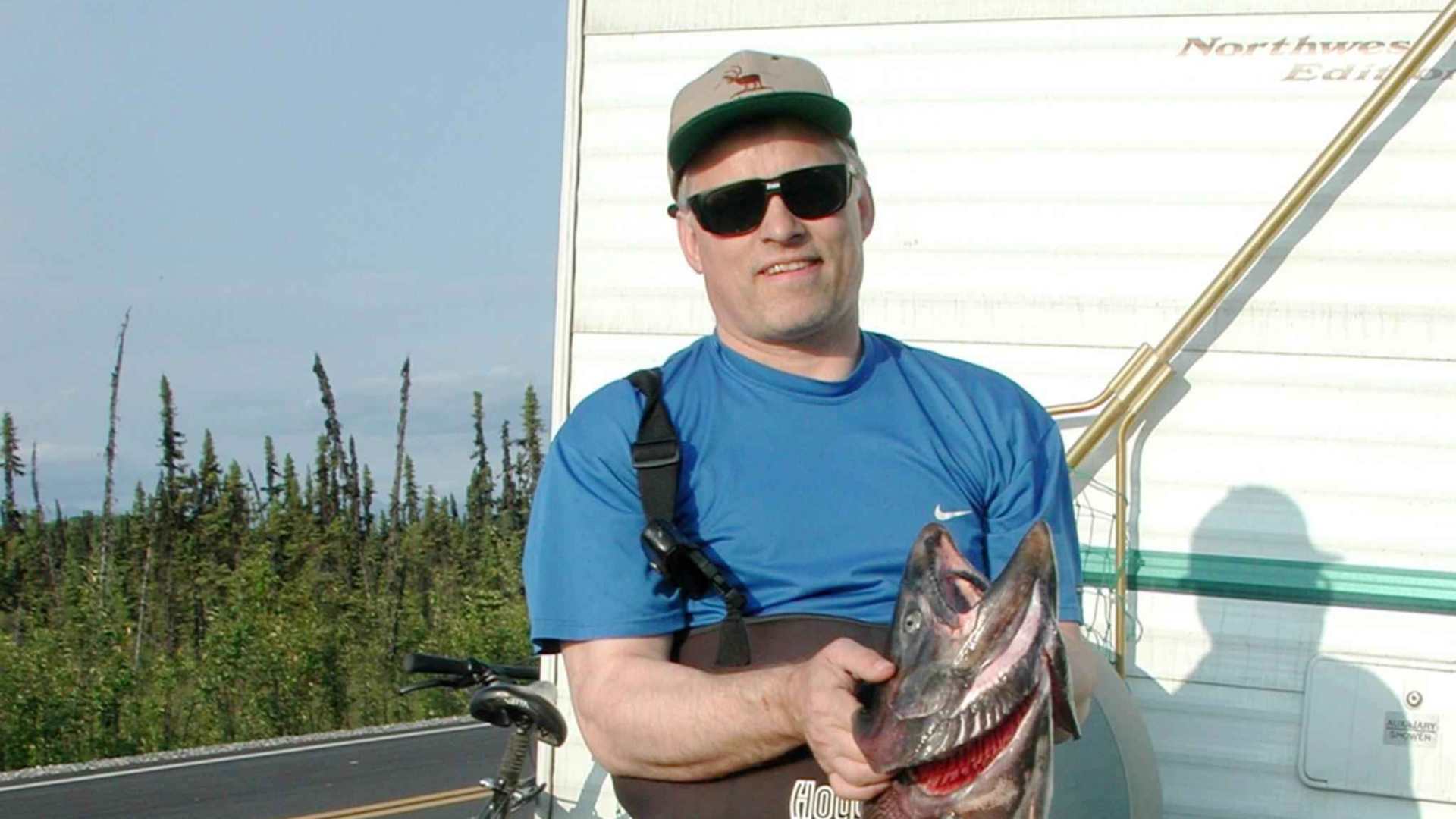
Source: Laubenstein Karen/Wikimedia
“The annual fall-run Chinook salmon production goal for the hatchery is to raise and release 3.25 million fish – 1.25 million released as fry, 1.75 million as smolts, and 250,000 as yearlings. The additional stock of fall-run Chinook salmon remaining in the hatchery exceeds the annual production goal and will help offset losses experienced with the initial release of fry.”
